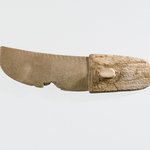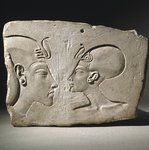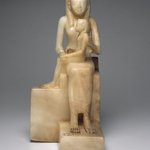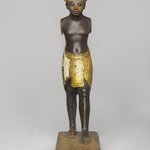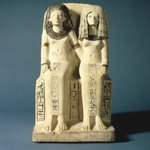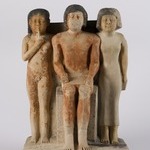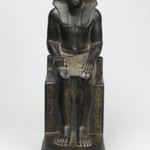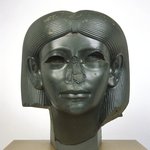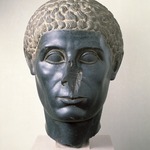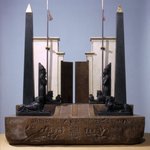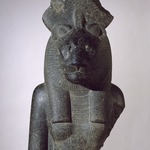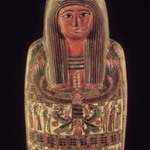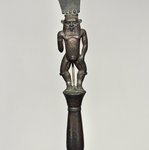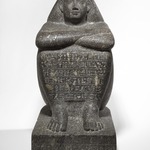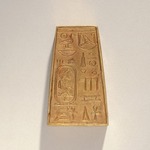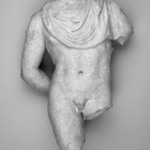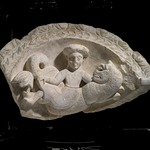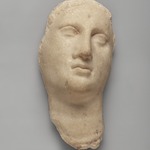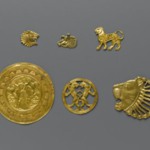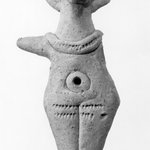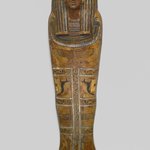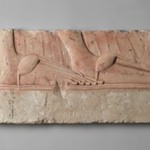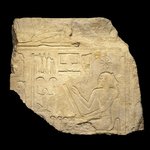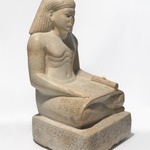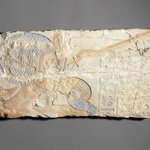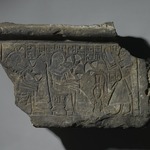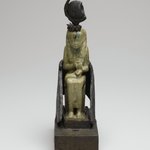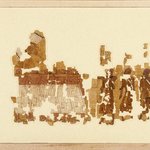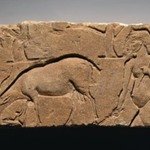Collection: Egyptian, Classical, Ancient Near Eastern Art
HIGHLIGHTS
FULL COLLECTION
COLLECTION HISTORY
Our collection of ancient Egyptian art, one of the largest and finest in the United States, is renowned throughout the world. The Brooklyn Museum began acquiring Egyptian antiquities at the beginning of the twentieth century, both through purchases—such as a group of Egyptian objects collected by Armand de Potter in the 1880s—and through archaeological excavation. Between 1906 and 1908, the Museum sponsored an expedition that dug at very early sites in southern Egypt and brought back numerous objects of historical and artistic value. One, the striking "Bird Lady," is among the most famous works in the Museum. The Museum also supported Britain's foremost archaeological association, the Egypt Exploration Society, and in return received significant material from the society's excavations in Egypt and Nubia.
Between 1916 and 1947, the Museum acquired the important collection formed by the pioneer American Egyptologist Charles Edwin Wilbour (1833–1896), which included many types of Egyptian antiquities, from fine works of statuary and relief to unique documents written on papyrus. In addition to his collection of objects, Wilbour's heirs also donated his professional library to the Museum and established a financial endowment in his memory. The Charles Edwin Wilbour Fund made possible the establishment of both the Wilbour Library of Egyptology, one of the finest Egyptological libraries of its kind anywhere in the world, and a curatorial department for ancient Egyptian art.
The Wilbour Fund also enabled the Museum to continue the acquisition of antiquities, including, in 1948, the purchase of more than two thousand Egyptian objects from the New-York Historical Society. Since then, through gifts and purchases, the Museum has continued to strengthen the quality of the collection, which now comprises a wide variety of material from every period of ancient Egypt’s long history, beginning with the Predynastic Period, about 3500 B.C.E., to the Coptic and Byzantine eras some four thousand years later. Since 1976, the Brooklyn Museum has also conducted archaeological excavations at the Temple Precinct of the goddess Mut at Karnak.
Our Egyptian collection is exhibited on our third floor in the Martha A. and Robert S. Rubin Galleries. Ancient Near Eastern art is exhibited in the Hagop Kevorkian Gallery.
Between 1916 and 1947, the Museum acquired the important collection formed by the pioneer American Egyptologist Charles Edwin Wilbour (1833–1896), which included many types of Egyptian antiquities, from fine works of statuary and relief to unique documents written on papyrus. In addition to his collection of objects, Wilbour's heirs also donated his professional library to the Museum and established a financial endowment in his memory. The Charles Edwin Wilbour Fund made possible the establishment of both the Wilbour Library of Egyptology, one of the finest Egyptological libraries of its kind anywhere in the world, and a curatorial department for ancient Egyptian art.
The Wilbour Fund also enabled the Museum to continue the acquisition of antiquities, including, in 1948, the purchase of more than two thousand Egyptian objects from the New-York Historical Society. Since then, through gifts and purchases, the Museum has continued to strengthen the quality of the collection, which now comprises a wide variety of material from every period of ancient Egypt’s long history, beginning with the Predynastic Period, about 3500 B.C.E., to the Coptic and Byzantine eras some four thousand years later. Since 1976, the Brooklyn Museum has also conducted archaeological excavations at the Temple Precinct of the goddess Mut at Karnak.
Our Egyptian collection is exhibited on our third floor in the Martha A. and Robert S. Rubin Galleries. Ancient Near Eastern art is exhibited in the Hagop Kevorkian Gallery.

